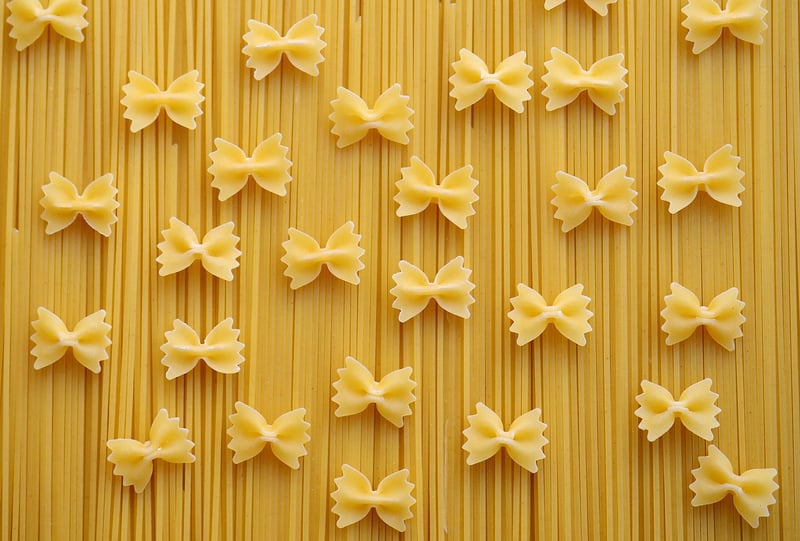Composition Tricks
Capture Your Culinary Creations: Composition Tricks
Creating delicious dishes is an art, and capturing them in photos can elevate your culinary journey to the next level. Whether you're a food blogger, a chef looking to showcase your work, or just love sharing your cooking adventures on social media, mastering the art of food photography composition is essential. Here are some composition tricks to help you capture your culinary creations in the best light.
1. Lighting is Key
Good lighting is crucial in food photography. Natural light is ideal for capturing the colors and textures of your dishes. Avoid harsh overhead lighting or direct sunlight, as they can create unflattering shadows. Position your dish near a window or use a softbox to diffuse light for a more professional look.
2. Rule of Thirds
Apply the rule of thirds to create visually appealing compositions. Imagine your photo divided into a 3x3 grid. Place the main elements of your dish along the gridlines or at the intersections to create a balanced and dynamic composition.
3. Depth of Field
Experiment with depth of field to add interest to your photos. Use a wide aperture (low f-stop number) to create a shallow depth of field, blurring the background and drawing attention to the main subject of your dish. This technique can create a sense of depth and dimension in your photos.
4. Props and Styling
Choose props and styling elements that complement your dish without overpowering it. Use utensils, napkins, herbs, or ingredients related to the recipe to add context and visual interest. Keep the background simple to avoid distractions and focus the viewer's attention on the food.
5. Angles and Perspectives
Explore different angles and perspectives to find the most flattering view of your dish. Try shooting from above (flat lay), at a 45-degree angle, or at eye level to showcase the details and textures of the food. Don't be afraid to get close and capture the finer details.
6. Post-Processing
Enhance your photos with post-processing to fine-tune colors, contrast, and sharpness. Use editing tools like Adobe Lightroom or Snapseed to adjust exposure, white balance, and saturation. Remember to keep your edits subtle and true to the original dish.
By incorporating these composition tricks into your food photography, you can capture your culinary creations in a visually appealing and mouth-watering way. Experiment with different techniques, practice regularly, and let your creativity shine through each photo you take.

Now, grab your camera or smartphone, whip up your favorite recipe, and start capturing your culinary creations like a pro!
